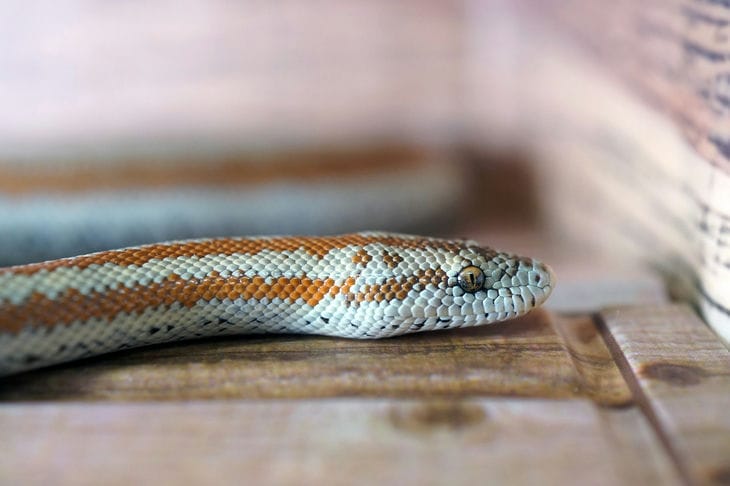Snake as a pet: what conditions does it require
If you like unusual and exotic pets, try getting a pet snake!
Although these reptiles tend to produce less dirt and noise, they also require different conditions, ADVICE.NEWS reports.
Here are some facts about the house snake.
Take care of heating
Snakes are cold-blooded, so you will have to take care to maintain the appropriate temperature in the enclosure.
Use heating devices such as under tank heaters or heat lamps.

One side should be warm (about 29-32 degrees) and the other side should be cooler (about 24-36 degrees).
Use a thermostat to maintain the temperature.
Monitor the substrate and humidity
Choose a suitable substrate for the floor of the enclosure, such as aspen bedding, cypress mulch, or coconut husks.
The substrate helps maintain humidity, the requirements of which vary depending on the type of snake.
Learn your snake's humidity needs and use a hygrometer to monitor it.
Set up shelters
Snakes love to hide, so provide at least two hiding places in the enclosure - one on the warm side, one on the cool side.
Caves or hollow logs can be used as shelters.
Work on the natural environment
Many snakes love to climb, so add branches or artificial plants to the enclosure to provide them with opportunities for exercise and exploration.
This will also create a more natural environment for your snake.
Don't forget about a bowl of water
Provide your snake with a clean, shallow bowl of water to drink from. Keep the water fresh and change it regularly.
The bowl should be large enough for the snake to quench its thirst if needed.
How to feed
Research your snake's diet, as it varies among species. Most pet snakes eat mice or rats.
Feed prey appropriate to the size and age of your snake.
Prey items should be thawed and warmed to room temperature before offering them to your snake.
Learn to handle
Not all snakes enjoy being handled, and some may become stressed if handled too often.
When handling a snake, be careful not to do so immediately after it has eaten.
Introduce handling gradually and observe the snake's behavior for signs of discomfort.
